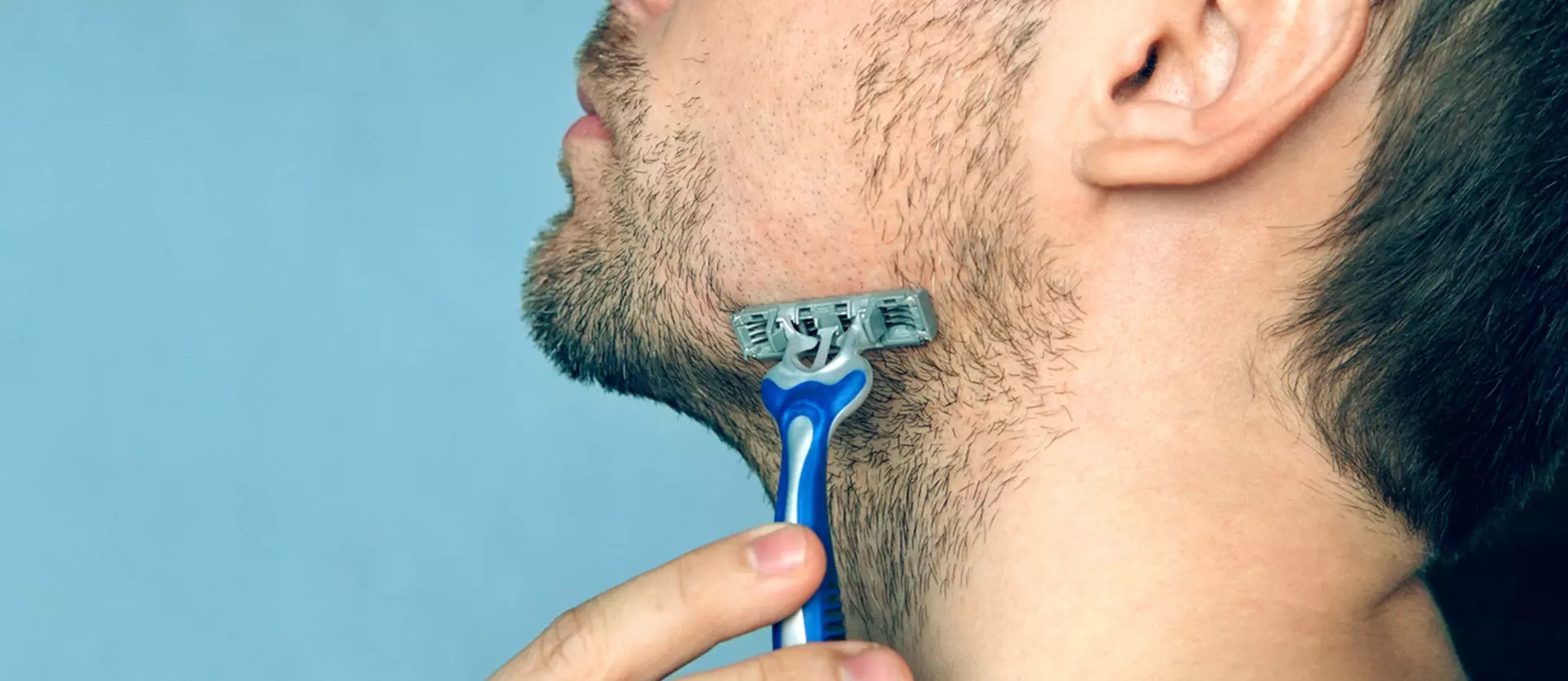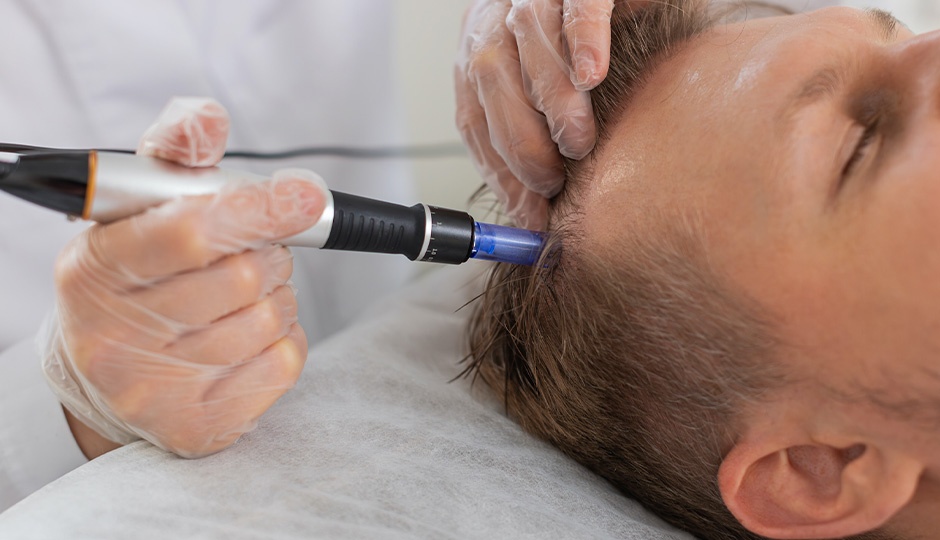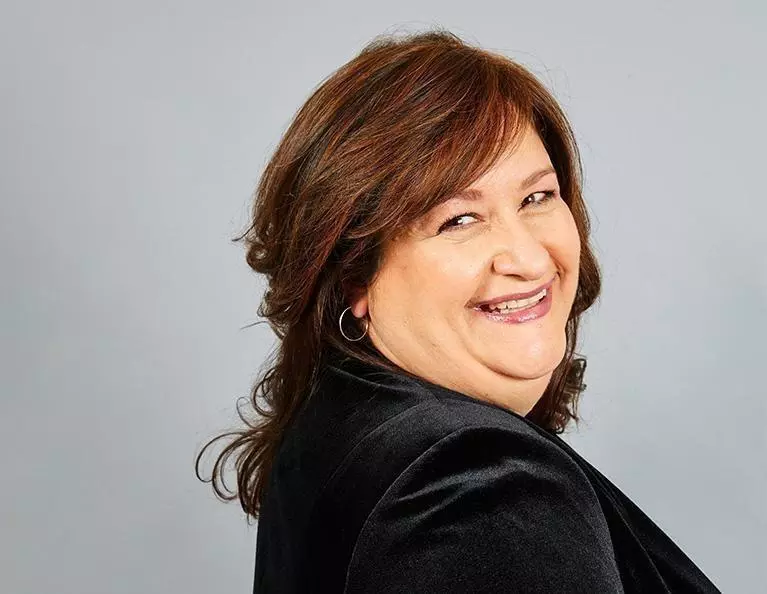Do you suffer from Pseudofolliculitis barbae? How about ingrown hairs? The former is the official terminology given to the latter. However, PFB – the thankfully shortened term for the disorder – is a chronic version of ingrown hairs.
There is a separate condition known as folliculitis barbae – the same wording without the pseudo in front. This is similar but not the same as PFB. The similarity comes via the presentation of inflamed hair follicles. However, Folliculitis barbae develops via a bacterial infection. In contrast, there is no infection with PFB. Instead, it occurs when we shave to get rid of hair or when we get ingrown hairs.
PFB is also more commonly called razor bumps for this very reason. You shave, and shortly after, you notice bumps on the skin. This occurs as the hair follicles react to the shaving process, becoming inflamed and causing a bumpy effect. While it can happen anywhere on the body that is shaved, it most commonly occurs on the face.
Does Pseudofolliculitis Barbae Go Away?
Yes – the inflammation will subside around four to six weeks after you stop shaving. Of course, this isn’t practical in many cases. It’s been noted that once you begin shaving again (since shaving is most commonly what causes it), the condition will reoccur.
What Is the Best Treatment for Pseudofolliculitis Barbae?
One method you can use to help prevent PFB from occurring is to try clippers rather than razors. These trim the hair close to the skin without shaving right up to it. This therefore reduces the chances of experiencing any inflammation to start with, although you won’t get as close a shave.
Another method to try is to make sure you’re not pulling the skin to make it taut during the shaving process. This can expose the hair follicles more than they otherwise would be, which increases the chance of any inflammation occurring.
How to Take Care of Skin That Has PFB
The best bet here is to wash with warm water and an exfoliating scrub or gel, making sure you’re not too rough. Alternatively, you can use warm water with a face cloth or similar item.
You may notice that small bumps on your skin go down with this method alone. However, you might also be able to use a sterilized needle to break the skin and let any ingrown hairs pop out. This will also cause any liquid or pus inside to come out. In this case, washing with warm water alone is ideal until the skin heals in that area.
Are Some Individuals at Greater Risk of Developing PFB?
Yes. While anyone can develop the condition, men of African descent are most likely to experience this. Men of Asian descent are also at greater risk, although not quite as much as the above group. Moreover, those who have thicker hair or whose hair curls are more likely to develop the condition. This occurs because the curl of the hair makes it more likely that it will turn back into the skin rather than growing outward.
It is far less commonly seen in women, although it becomes more likely to occur in those who are perimenopausal or in menopause.
Can PFB Cause Scarring?
It can lead to scarring in severe cases, yes. This why it is important to watch for early signs of Pseudofolliculitis barbae if it occurs. Some people may develop keloid scars.
The condition can also lead to permanent hair loss, where the hair follicles have become damaged and can no longer grow hairs. This is more likely where scarring occurs. It is best to adopt a change in shaving techniques if you notice you have any ingrown hairs, as hair loss prevention is far better than any alternatives.
Speak to your healthcare provider if you notice you have signs of PFB. They can provide advice on how to stop hair loss in this situation. In cases of severe inflammation, they may be able to issue a prescription for a topical hydrocortisone cream or even antibiotics to help resolve the situation. But again, changes in grooming will present the best overall outcome.
If you are experiencing hair loss, reach out to Unique Hair Concepts to schedule a free, in-person consultation.






